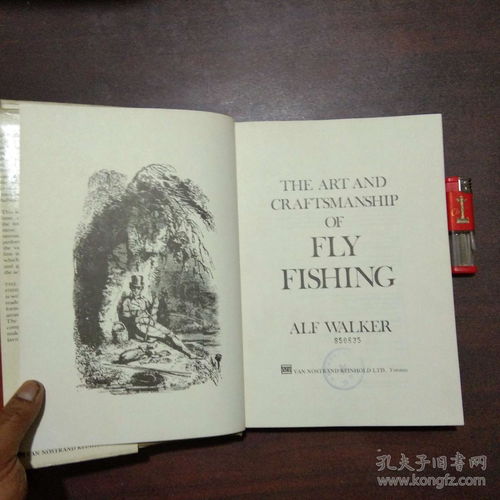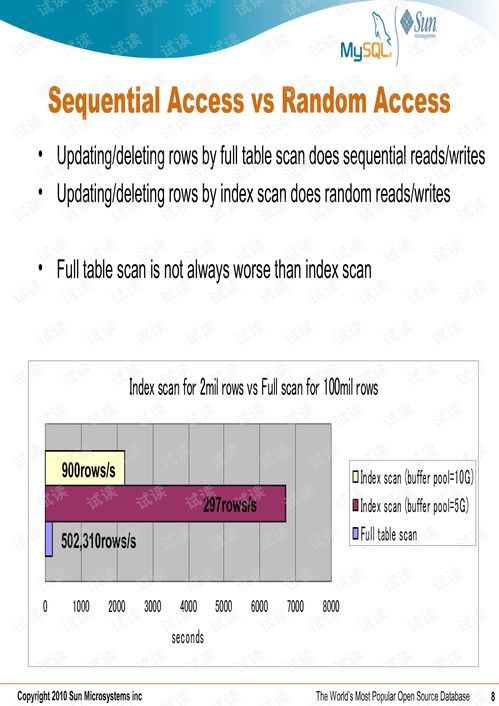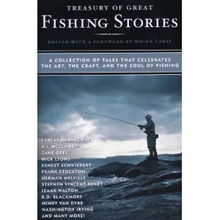Content:
Introduction: Lobster ponds, with their unique charm and abundant aquatic life, have become a popular destination for anglers seeking a thrilling fishing experience. These ponds, often teeming with various species of fish, offer a great opportunity to test your angling skills. However, to make the most of your fishing trip, it is crucial to understand the specific techniques required for success in lobster ponds. In this article, we will explore the essential tips and tricks to help you become a master angler in these captivating water bodies.

Choose the Right Location: The first step to a successful fishing trip in lobster ponds is to select the right location. Look for areas with abundant vegetation, as these spots tend to attract more fish. Additionally, pay attention to the structure of the pond, such as rocks, logs, and weed beds, as these can serve as excellent hiding spots for fish.
Time Your Trip: Timing is everything when it comes to fishing in lobster ponds. Fish are more active during certain times of the day, so it is crucial to plan your trip accordingly. Early morning and late evening are generally the best times to fish, as fish are more likely to feed during these periods. Additionally, consider the weather conditions, as overcast days can lead to increased fish activity.
Select the Right Gear: To catch fish in lobster ponds, it is essential to have the right gear. Here are some key recommendations:
a. Rod and Reel: Choose a lightweight, medium-action rod and a spinning reel for better control and sensitivity. A rod with a length of 6 to 7 feet is ideal for most situations.
b. Line: Use a monofilament line with a breaking strength of 6 to 12 pounds, depending on the size of the fish you are targeting. Fluorocarbon line is a great choice due to its low visibility in water.
c. Lures and Baits: In lobster ponds, a variety of lures and baits can be effective. Live bait, such as worms or minnows, is often a top choice. Artificial lures like spinners, jigs, and crankbaits can also produce excellent results.
Master the Art of Casting: Casting is a fundamental skill that can greatly impact your fishing success. Practice your casting technique to ensure accurate and precise throws. Here are some tips to improve your casting:
a. Start with a relaxed grip on the rod, keeping your wrist and arm loose.
b. Swing the rod back and forth, allowing the line to flow through your fingers.
c. As you bring the rod forward, release the line with a smooth, controlled motion.
Patience is Key: Fishing in lobster ponds requires patience and perseverance. Fish may not bite immediately, so it is crucial to stay focused and patient. Take your time to observe the water and adjust your technique accordingly. Remember, the best catches often come after hours of waiting.
Read the Water: To become a successful angler in lobster ponds, it is essential to understand the behavior of the fish you are targeting. Pay attention to their feeding patterns, preferred habitats, and water temperature. This knowledge will help you make informed decisions regarding your fishing strategy.
Stay Informed: Keep up with local regulations and fishing reports for lobster ponds. This information can provide valuable insights into the best fishing spots, seasons, and techniques to use.
Conclusion: Fishing in lobster ponds can be a rewarding and enjoyable experience with the right approach. By choosing the right location, timing your trip, selecting the appropriate gear, mastering casting techniques, and staying patient, you can increase your chances of success. Remember to respect the environment and practice ethical fishing practices. With these tips in mind, you will be well on your way to becoming a master angler in lobster ponds.












